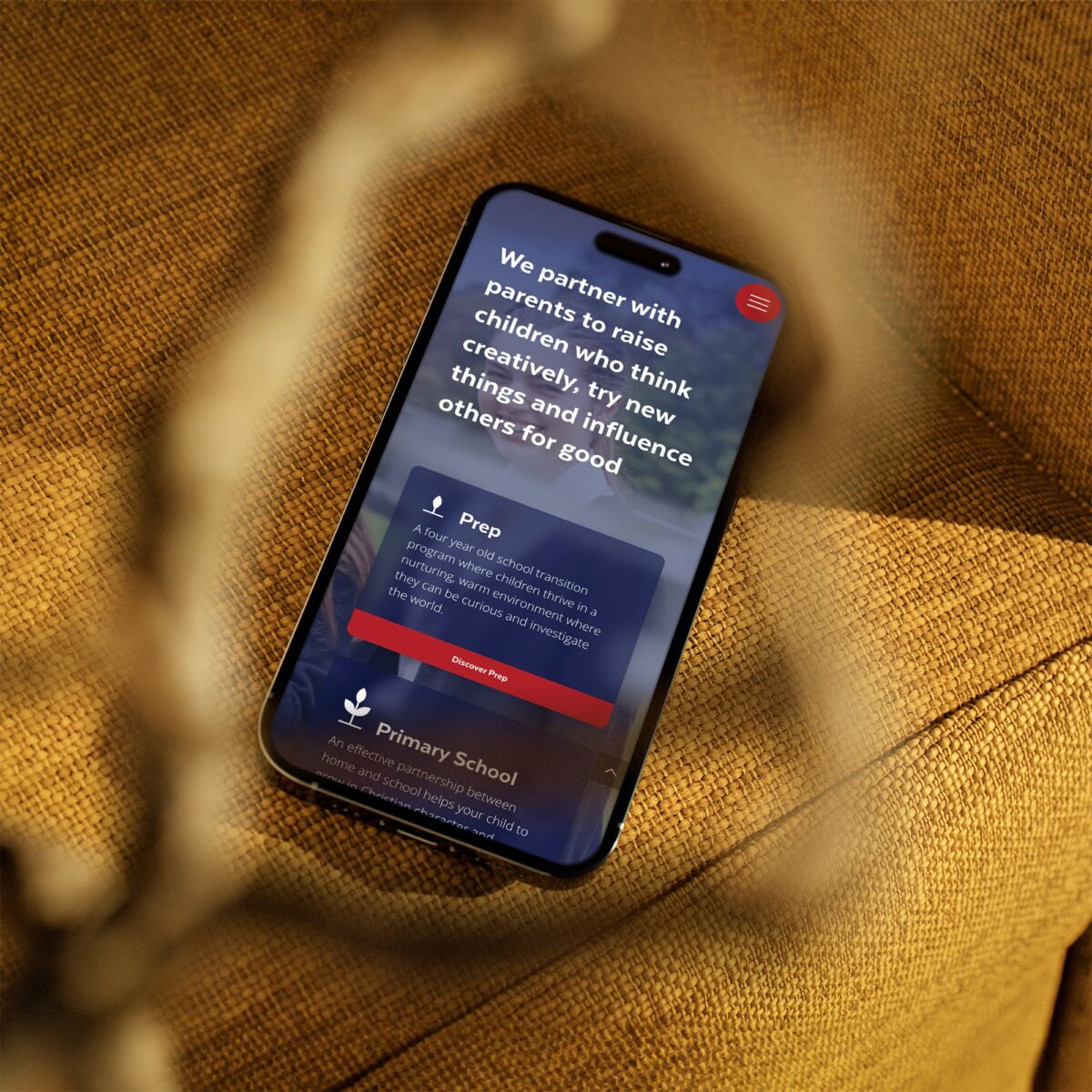I’ve been involved in the best (and worst) of school website projects. Unfortunately, more often they become frustrating, tiring and above all – long.
When a project stalls, it often boils down to the same issues: lack of planning, unclear objectives, and scattered content.
So, before you dive into building or commissioning that shiny new site, here are four steps that can help you avoid the pitfalls and create an online presence that genuinely reflects your vision.

1. Map your digital ecosystem
Have you noticed how your school’s digital ecosystem is far more than a single website? It includes everything from parent portals and enrolment platforms to social media channels and CRMs. When these assets aren’t planned to work together, your website can become an isolated tool instead of part of a seamless digital experience.
Small user research upfront prevents big frustrations down the line.
Ask yourself:
- How do parents currently interact with your online touchpoints?
- Where do you send prospective families for more information?
- Is your Enrolments CRM integrated with your website?
By mapping out these connections early, you’ll create a more fluid journey for everyone—staff, students, and families alike.
Tip: Draw a simple flowchart of every digital platform your school uses. Identify redundancies, gaps, or areas that might cause parent confusion. This will save you a ton of hassle when you start building the new site.
2. Conduct a thorough discovery process
If you or your agency is eager to launch straight into visuals, proceed with caution. Beautiful designs can quickly turn ugly when they don’t fit your school’s actual needs. At Bolsta, our web design engagements typically spend more time in “discovery” than in the design phase—and it pays off.
What does discovery look like?
- User Research: Talk to parents, staff, and students. Ask them what they like or dislike about your current site.
- Feature Planning: Will you need job listings, newsletters, a blog, or a parent portal? Outline these from the start.
- Workflow Testing: Map out how staff will publish news articles or update events. If it’s not intuitive for your team, trust me, it won’t get done.
Small user-research efforts help you avoid big frustrations later. A thorough discovery process ensures your website is built around real-life needs, not guesses.
3. Think about your brand strategy
I’m convinced brand strategy for schools is like a secret multiplier for website ROI. Your website is often a family’s first impression of your school—so if your site’s look and messaging clash with your broader brand identity, you’re missing a chance to shine.
Why is brand strategy so important?
• Visual Consistency: Fonts, colours, and imagery should reflect your school’s values and personality.
• Tone of Voice: Make sure the language used on your website feels like it belongs to your community.
• Memorable Experience: When every touchpoint aligns with your brand, families will know who you are and what you stand for—long before they even step on campus.
If you’re able, spend time clarifying or refining your school’s brand strategy before the design starts.
When everything aligns, families quickly know what you stand for. They sense your focus on values, community, or innovation (whatever it may be). That instant clarity could be the deciding factor for parents choosing between multiple schools.
4. Have a plan for gathering content
In my experience, content is the #1 cause of school website project delays. Even if your layout is done, you can’t go live without approved text and images. Schools, in particular, can struggle with the time-consuming process of writing pages, gathering imagery, and securing sign-offs from various stakeholders.
Content is often the biggest bottleneck—start early to avoid last-minute scrambles.
How to avoid the content bottleneck:
- Start Early: Begin gathering and writing content well before the design is final. Even better, make sure your web design partner (like Bolsta!) uses a professional copywriter to write your content with you.
- Create a Content Timeline: Schedule deadlines for drafting, reviewing, and approving each major page.
- Assign Clear Responsibilities: Decide who’s writing what and who gives final approval (top tip: keep this limited to only a handful of key people).
By tackling content proactively, you’ll keep your project on track—and avoid the dreaded “almost done, but waiting on content” scenario.

Final thoughts
No one wants a drawn-out school website project that drains resources and energy. If you map your digital ecosystem, invest in discovery, align with your brand strategy, and plan your content, you’ll set yourself up for a process that’s smooth AND exciting.
